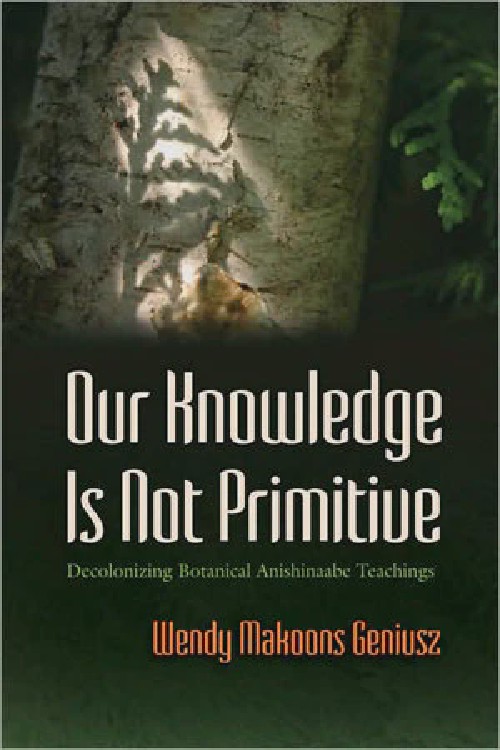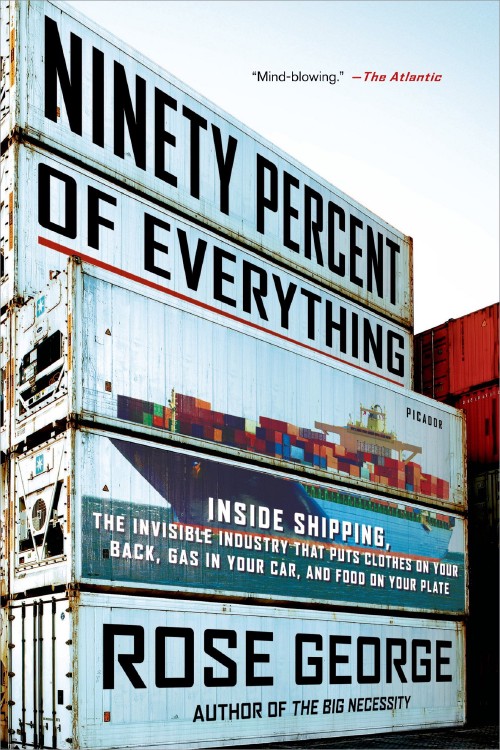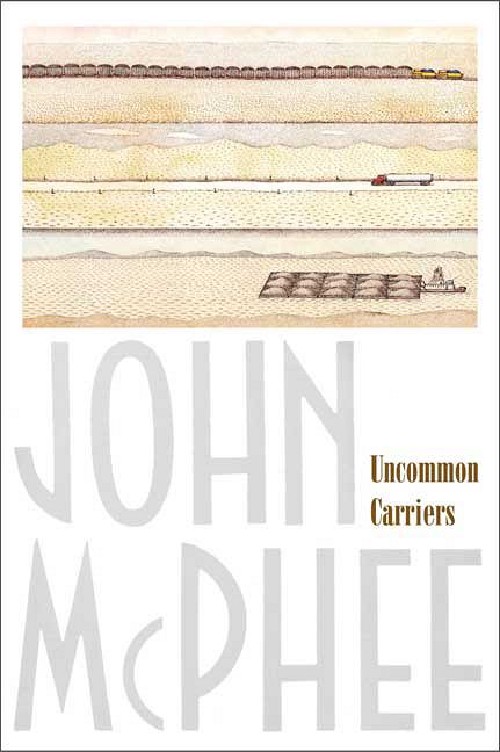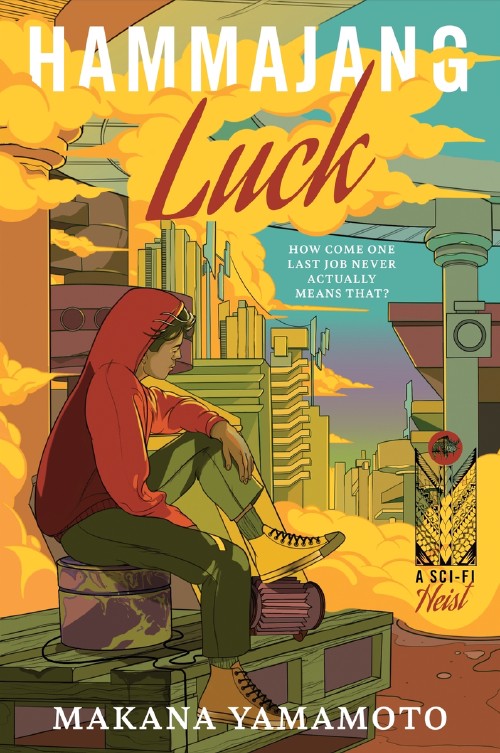
Our Knowledge is not Primitive
Copyright 2009, Syracuse University Press
Indigenous Issues
Those who have been colonized often have an entirely different view of imperialism. From this perspective, colonialism is about one people completely taking over another people. It is not just about land. It does not end when one government gains control of another. It is about one society absorbing another society, and it continues until that process is accomplished. Yes, lands and governments are taken over, but so is every other facet of life, including language, culture, religion, knowledge, bodies, and beings. [p2]
Once native people came to view their knowledge as inferior, some were willing to part with it, for a price reflecting its primi-tive, inferior nature. Others, seeing the devastating effects of assimilation efforts, chose to entrust this knowledge to researchers as a means of preserving it. In the end, the colonization process both destroyed and preserved native knowledge, and that is the beginning of this text. [p3]
Researchers have recorded a fair amount of information about how the Anishinabeg work with plants and trees; however, much of this information has been colonized. In order to use this knowledge for cultural revitaliza tion, it must be reworked and reinterpreted into a format that is appropri. ate and usable to anishinaabe-izhitwaawin (anishinaabe culture). One could argue that any published text is colonized because colonizers brought the publishing industry to North America, but such an argument focuses on the immediately noticeable results of imperialism and the colonization process: one people controlling another people’s land, government, and resources. While this is an important part of colonization and should not be devalued or overlooked, I choose to look deeper into the process of colonization by focusing on the often unseen mechanisms through which the colonists continue to maintain their power. In this context, a “text.” refers to the writ ten documentation of this research: a book, article, or unpublished note. A “colonized text” fits either or both of the following definitions; it serves the interests of the colonizers and the processes of systemic racism and oppression, or it presents information according to the philosophies, cosmologies, and knowledge-keeping systems of the colonizers, which are alien to those of anishinaabe-izhitwaawin. [p4]
For exam-ple, researchers have split anishinaabe-gikendaasowin into separate areas of study, such as folklore, religion, music, and botany. Although the Anishinaa-beg have stories, religions, music, and botanical information, these are not the extremely specialized, narrowly defined categories of non-native scholarly work. Within an anishinabe cultural context, one does not ignore information in one of these categories in order to concentrate exclusively on another. [p6]
The practice of gathering lists of words or names is part of non-native knowledge-keeping systems, not those keeping gikendaa- * sowin. While the practice of making vocabularies is not inherently wrong or detrimental to gikendaasowin, it is still part of an alien knowledge-keeping system. As explained in chapter 3, such wordlists are wonderful examples of texts that can be decolonized, reworked, and made useful to programs revitalizing izhitwaawin, but the language in them needs to be checked so that the words may be properly used and pronounced. If the goal of a program is to present botanical gikendaasowin within the context of izhitwaawin, then these wordlists will also need to be incorporated into a format that does more than simply list plant names. ]p19-20]
The first step in Biskaabiiyang research is to return to our teachings. Only from that perspective can we begin to decolonize our knowledge and our-selves. When deconizing written accounts of botanical gikendasowin, therefore, we need to know to where we are returning; that is, we need to know how izhitwaawin maintains gikendaasowin. Part of this process requires the researcher’s internal self-reflection, and part of this process requires new external research. By piecing together information from colonized texts and comparing it with information coming from anishinaabe sources, we can understand how knowledge originates and is maintained within izhitwaawin. Once we have this understanding, we will be in a better position to search through these texts of colonized botanical gikendaasowin and make decisions about which pieces are usable, which pieces need to be elaborated, and which ones need to be discarded. [p51]
Biskaabiiyang research begins with the researcher, who must evaluate the effects that colonization has had on his or own life and mind and, having recognized those effects, must return to our original teachings so that he or she can conduct meaningful research for our people. A lot of concepts and teachings in this chapter, when viewed through the eyes of the colonizer, appear “fictional,” “childish,” “not scholarly enough,” or just plain “ridicu-lous.” For instance, the importance of someone conversing with a plant and making an offering before picking it, although something I have done all my life, is not generally included in a “scholarly” text. Some academic texts describe this practice as something that Anishinaabeg do, but it is not discussed as an essential part of the research process. As someone who was raised in both the dominant culture and the anishinaabe culture, I had to see past the colonized portion of my mind before I could write this chapter. [p52]
Plants and trees are an important part of inawendiwin, and the same protocols apply to them as apply to any other living beings. The question will inevitably arise here it, from the perspective of izhitwaawin, plants and trees are considered to be animate beings. Keewaydinoquay says they are, and she uses this concept as an example of the great differences between inaadiziwin and non-native philosophies (1991a; 1991b). People who work with Ojibwe language, however, tend to say that some plants are animate while others are inanimate. There really has not been enough research in this area to give a definite answer one way or the other, but it seems that a lot of the inanimate names refer not to the entire plant, but to a part of the plant. Sometimes the name for the seed, berry, nut, or fruit of a plant is an inanimate noun, while the name for the plant is an animate noun. For instance, minan is one Ojibwe name for blueberries, but this word does not describe the whole plant, it only describes the berries. The name for the entire plant, münagaawanzh, is an animate noun (Nichols and Nyholm 1995, 89). Simi-larly, ozhaaboomin, the berry of the gooseberry plant (Ribes oxyacanthoides) is inanimate, but the name of the plant itself, ozhaaboominaganzh, is animate (Rose, pers. comm.).* [p59]
In The Coloniser and the Colonised, Tunisian theorist Albert Memmi describes how indigenous peoples are colonized internally. Memmi argues that the colonizer ascribes certain traits to the colonized, and by insisting that these traits exist, the colonizer can justify his actions toward the colonized. Memmi uses as an example the colonizers describing the colo. nized as “a wicked, backward person with evil, thievish, somewhat sadistic instincts.” Once they establish such an image, the colonizers then claim that they need to treat the colonized harshly to protect themselves from these “evil” beings. In treating them harshly, the colonizers further argue, they are protecting the colonized from harming themselves. This image created by the colonizer is completely negative: “The colonized is not this, is not that. He is never considered in a positive light; or if he is, the quality which is conceded is the result of a psychological or ethical failing” (Memmi 1965, 83-84). The colonizer ascribes more and more traits to the colonized until, Memmi argues, “all the qualities which make a man of the colonized crumble away.” As the colonizer continues to treat the colonized according to the image that he has created, the colonized begins to conform to the colonizer’s image. He undergoes a change, becoming “a pure colonized.” The colonized begins to see himself as this image created by the colonizer. He starts to believe it. Memmi concludes, “In order for the colonizer to be the complete master, it is not enough for him to be so in actual fact, but he must also believe in its legitimacy. In order for that legitimacy to be complete, it is not enough for the colonized to be a slave, he must also accept this role.” [p90-91]
Without languages and knowledges that are different from those of the colonizers, indigenous peoples are easier to assimilate and absorb within the dominant society. Once they are members of the dominant society, indigenous peoples are less likely to see themselves as distinct peoples and les likely to fight for their rights as sovereign nations.
Linda Smith argues that knowledge and cultures of indigenous peoples were specifically targeted by colonialist powers. She writes, “Knowledge was also there to be discovered, extracted, appropriated and distributed. Processes for enabling these things to occur became organized and systematic® (1999, 58). Smith says that various academic disciplines have collected indigenous knowledge. She adds, “It is through these disciplines that the indigenous world has been represented to the West and it is through these disciplines that indigenous peoples often research for the fragments of ourselves which were taken, catalogued, studied and stored” (1999, 58-59). Gikendaasowin has been collected and represented to the world for more than 170 years. Many of these publications have negative passages about the Anishinaabeg as well as about their knowledge. The gikendaasowin in these colonized texts has been transformed to fit into non-native knowledge-keeping systems. Today Anishinaabeg are studying the colonized representations of gikendaasowin to learn more about their own culture, but such colonized writings are poor tools for cultural revitalization. They need to be decolonized so they can be made useful to the revitalization of izhitwaawin. [p92]
When these authors take information from Anishinaabe people and use another worldview to divide it into categories, they render this material nearly useless to cultural revitalization programs. These are only two examples of how this information is divided in various publications. Given that these examples include information about Midewaajimowin, which from the perspective of izhitwaawin is guarded knowledge, it might be considered a good thing that this information has been presented in such a way as to make it useless to the general public. If, however, the elders who shared this. information with researchers believed that they were doing so to preserve it for future generations, the presentation of this knowledge has prevented this from happening. In these publications on botanical gikendaasowin, there are examples of public knowledge having to do with inaadiziwin that is also divided into separate publications. For example, books on anishinaabe “folk-lore” or “myths” often contain dibaajimowinan and aadizookaanan about the origin, histories, and uses of plants,’ but these stories are usually left out of lists of plant uses such as those discussed in this paper. [p102]]
When “returning to our-selves,” we must center ourselves in the dibaajimowin and aadizookaan that we receive from our elders, and from that stance we can decolonize ourseles and our knowledge, and then conduct meaningful research. When loking at my own background through Biskaabiiyang research methodologies, 1 thought of the dibaajimowin and aadizookaan about two trees central to izhitwaawin that my mother and Keewaydinoquay told me when I was a child. These trees are gizhikaatig, also called northern white cedar (Thuja occidentalis L.), and wügwaasi-mitig, also called birch (Betula papyrifera Marsh.). I found that deep inside me, I did agree with the academic belief that the stories, songs, and teachings I knew about these trees were just not advanced or authentic enough to be a major part of this research. The colonized portion of my brain assured me that they were “fairy tales” meant to entertain children. I learned these stories and teachings in English, and my academic training taught me to question the accuracy of native stories told in a European language and following non-native storytelling traditions. When I recognized my prejudice against these dibaajimowin and aadizookaan as psychological trauma of colonization, I was able to accept these teachings and engage their help to decolonize this portion of gikendaasowin. [p120]



